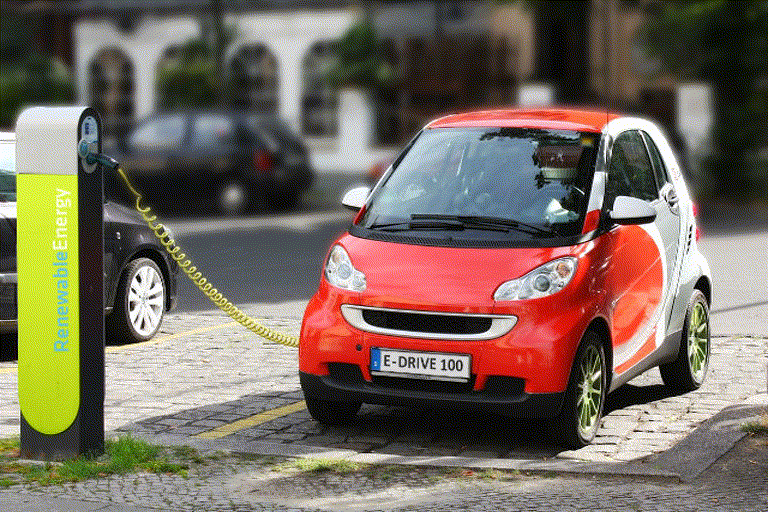Mumbai :The Society of Manufacturers of Electric Vehicles (SMEV) on Tuesday urged the project implementation and sanctioning committee (PISC) to delink localisation and ex-showroom prices of e-bikes from subsidy under the FAME-II scheme. In a letter to the committee, which is likely to hold its first meeting in the national capital this week, the SMEV has also recommended enhancing per KwHr subsidy to Rs 20,000 from the present Rs 18,000 in the scheme for adoption of e-bikes, in line with the bus battery subsidy.
"SMEV requests the committee members to support e-bike mobility by not linking localisation and ex-showroom price to subsidy as well as keeping 60-km as range eligibility," the SMEV said in its letter to PISC. "Besides, the per KwHr subsidy should be increased to Rs 20,000, in line with the bus battery subsidy," it said.
The government late last month laid out the eligibility criteria, based on minimum top speed, range per charge and acceleration as well energy consumption efficiency for these categories of electric vehicles (EVs) to avail the incentives under the scheme.
Besides, for availing incentives, the manufacturer would have to have minimum 50 per cent local content in the vehicle. With the aim to promote eco-friendly vehicles, the government in 2015 launched FAME India scheme.
The second phase of the scheme, which has come into effect for a period of three years starting April 1 this year with an outlay of Rs 10,000 crore, covers electric buses, passenger vehicles as well as three-wheelers and two-wheelers.
An inter-ministerial empowered committee headed by heavy industry ministry's secretary has been set up for overall monitoring, sanctioning and implementation of the
scheme.Stating that component suppliers are not ready to invest with the current extreme low volumes of vehicles, the SMEV said localisation involves designing the components, prototyping, component-level testing, reliability check, safety checks, vehicle-level testing, certification and ramp-up.
